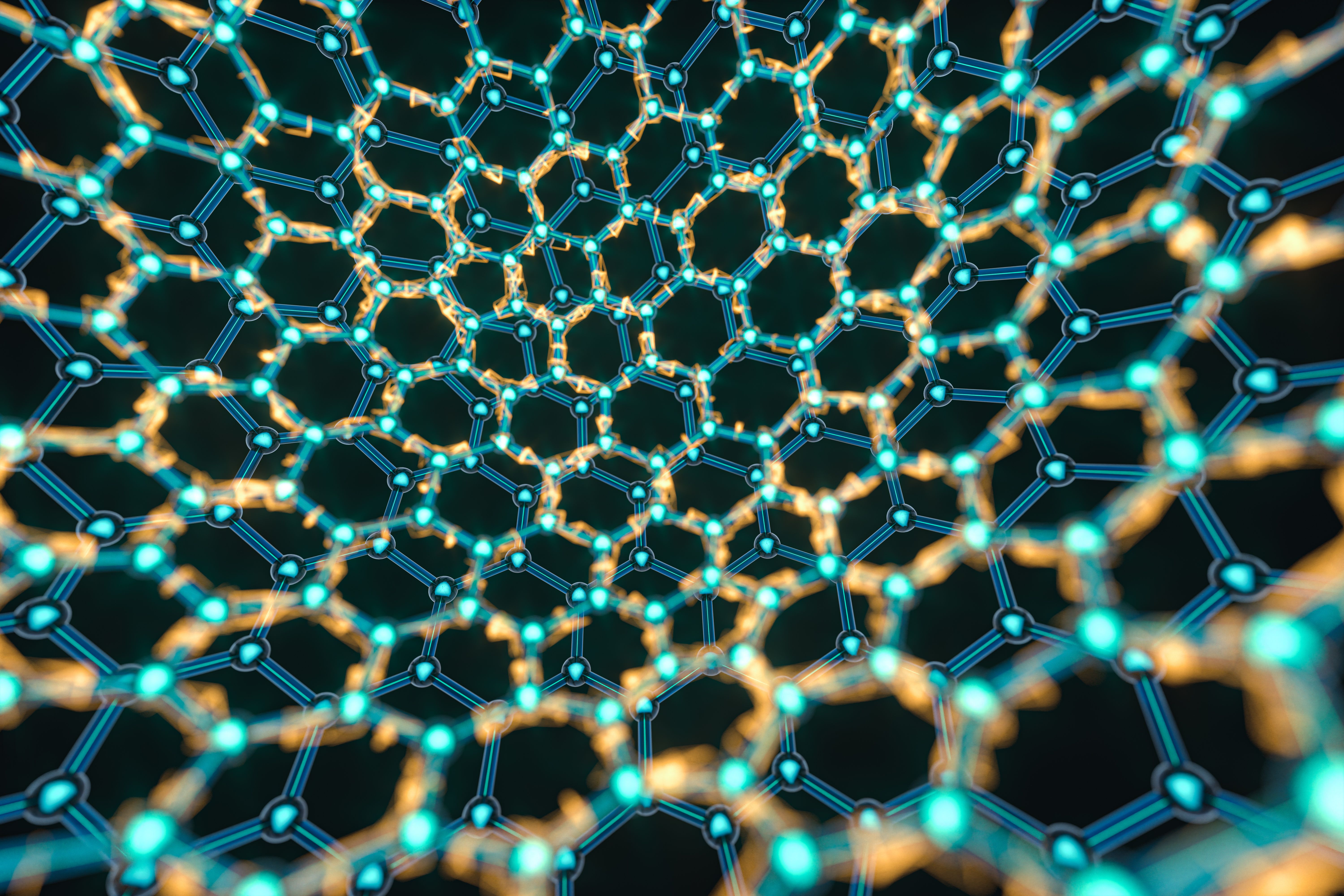Fabrication Modulation of Zein-based Fibers for Oral Delivery of Hydrochlorothiazide
This study suggests that using a simple centrifugal method can produce a natural polymer-blend molecule that can successfully be used as an oral delivery mechanism for poorly soluble drugs.
Vink Fan/stock.adobe.com

Fabrication of natural polymers and biomaterials is often a challenging task given the complexity of their chemical structures and the requirements needed by delicate technique(s) used to combine and reshape these materials into a useful application. In the present study, a simple centrifugal method is suggested for combining Zein protein with xanthan or arabic gums to prepare a suitable bed of microfibers that can host a poorly water-soluble drug, such as hydrochlorothiazide. By varying the dwelling speed of centrifugation for these blends at a set temperature with an appropriate solvent system consisting of ethanol, distilled water, and citric acid, microfibers were produced in an average diameter range of 3.3 m–6.7 m.
These fibers were characterized for their compatibility using thermogravimetric analysis and modulated temperature differential scanning calorimetry and were visualized using scanning electron microscopy. The findings have shown general good miscibility/homogeneity. Although future investigations may further explore features of this system for oral drug delivery, it is hoped that this work will help establish a simple and scalable fabrication method for these types of blended compositions.
Click here for a PDF of this article..
Peer-Reviewed
Submitted: Jan. 4, 2020
Accepted: Jan. 23, 2020
About the authors
Esra’a Albarahmieh*, Israa.barahmieh@gju.edu.jo, is associate professor, and Mohammad Khanfar is associate professor; both at the Pharmaceutical Chemical Engineering department of the School of Applied Medical Sciences, German Jordanian University. Emad Alzubi is instructor and workshop manager at the Industrial Engineering department of the School of Applied Technical Sciences, German Jordanian University.
*To whom all correspondence should be addressed.
Article Details
Pharmaceutical Technology
Vol. 44, No. 8
August 2020
Pages: 40–46
Citation
When referring to this article, please cite it as E. Albarahmieh, et al., “Fabrication Modulation of Zein-based Fibers for Oral Delivery of Hydrochlorothiazide,” Pharmaceutical Technology 44 (8) 2020.

Drug Solutions Podcast: Applying Appropriate Analytics to Drug Development
March 26th 2024In this episode of the Drug Solutions Podcast, Jan Bekker, Vice President of Business Development, Commercial and Technical Operations at BioCina, discusses the latest analytical tools and their applications in the drug development market.
Full Tolerance Coverage Method for Assessing Uniformity of Dosage Units with Large Sample Sizes
March 10th 2025The ‘full tolerance coverage method’ is introduced as a coverage estimation approach for assessing the uniformity of dosage units from large sample sizes, ensuring that no dosage unit exceeds the specification range.